Sony A900: A Closer Look at 24.6MP Resolution and Noise
by Wesley Fink on October 27, 2008 2:00 AM EST- Posted in
- Digital Camera
Sony A900 Full Frame vs. Sony A700 APS-C
The Sony A700 uses the same 12.3MP sensor featured in the Nikon D300, but it was not as well received as the D300 when it was introduced. The main complaint was the poor quality of Sony's built-in JPEG processing and the fact that noise reduction (NR) could not be turned off in RAW mode. Sony has addressed the early criticisms with several firmware upgrades that have finally culminated in firmware Version 4 which was released at the same time as the A900. With firmware v4 the Sony JPEG processing is finally competitive with other top cameras, noise algorithms are more competitive, and you can finally adjust or turn off NR in both RAW and JPEG modes. Many consider output of the Sony A700 with v4 firmware finally to be competitive with the well-regarded Nikon D300.
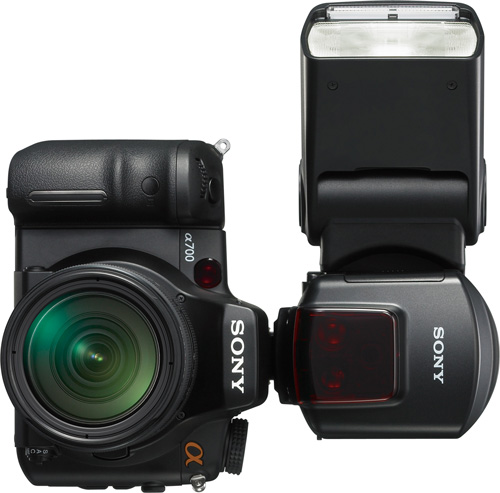
Since high ISO noise is now much better controlled in JPEG mode on the v4 A700, it should be interesting to compare noise over the range of ISO adjustments to the Sony A900 full-frame. Even though the A700 is an APS-C size sensor, resolution at 12.3MP is about the same as the Nikon D700 and the Canon 5D. The actual view of a 150x250 pixel crop will be about the same as the Nikon D700 or Canon 5D.
Once again, we compare the Sony A700 to both same pixel size crops, and 0.5x crops that represent the same area of the image in each capture. The same pixel crops are 150x250 actual pixels captured from both images. The 0.5x crops are TWICE the number of pixels in a 212x353 capture which has been adjusted from the standard 350dpi to 248dpi so the crop you are viewing is approximately the same size as the crop from the 12.3MP camera.
The resolution of the A900 sensor is astounding, but there is no escaping that it is also an inherently noisy sensor at high ISO. This is especially evident in comparing the A900 noise tests to the 12.3MP APS-C sensor used in the year old A700. This is the same sensor used in the Nikon D300 (and the new Nikon D90), and our A700 test shots were with a camera using the latest v4 firmware.
If we pixel peep the ISO 1600 output of the A900 is about as noisy as the ISO 6400 output of the A700, which came as quite a surprise. Since sensor density is a bit lower on the 24.6MP A900 than the 12.3 MP A700 this was not expected. If the comparison is made to 0.5x A900 crops the noise advantage for the A700 is still more than a stop. The only conclusion is that the A900 sensor is inherently noisier than the latest refinements of the A700, or that Sony can lower noise in the A900 further with firmware/software updates. It is also interesting that the Sony A900 tungsten color balance is much warmer than the tungsten balance of the A700.
Please do not misunderstand these conclusions in looking at pixel-level crops from JPEG test images. There could be other variables at play. However, Sony has trumpeted the v4 firmware for the A700 as incorporating all they learned in developing the A900. That leads to the assumption that processing should be very similar between these two Sony cameras. Provided that is the case the A900 sensor is noisier at high ISO values than the A700 sensor by at least one stop once the resolution differences are accounted for and two stops in pixel peeping.
If you look closely at the A900 images, there is also no escaping the incredible detail captured with the 24.6 MP sensor. Even with increased noise at higher ISO the captured detail is stunning.


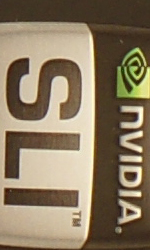
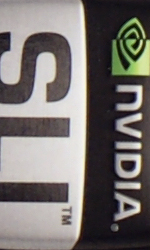

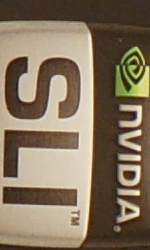
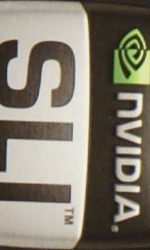
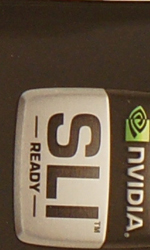
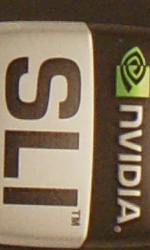

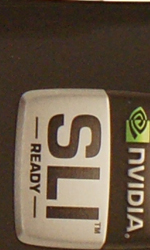
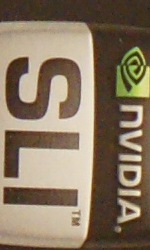
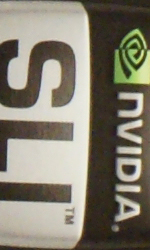
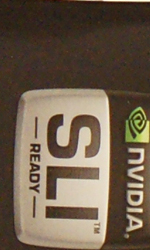


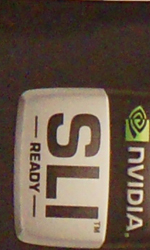
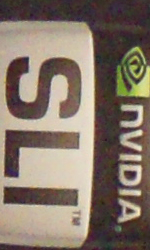

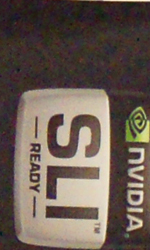
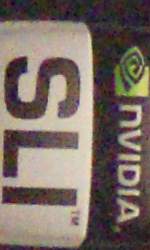










45 Comments
View All Comments
kalow - Monday, November 17, 2008 - link
Hi Wesley,Can you confirm if your a700 has firmware 4? I looked into the exif and it says v03
Gantlett - Friday, October 31, 2008 - link
The photographed subjects in the photo reviews pose 0 challenge for my VGA camera, let alone a multi-megapixel multi-thousand $ professional DSLR.With all due respect, I think AnandTech.com should focus on computers and not photography (even if they really like digital photography...)
oldscotch - Wednesday, October 29, 2008 - link
Hi there, thanks for the update. Nice to see informed and unbiased evaluations of the s900.I just had a couple of questions about the test conditions, or maybe I missed them? Mostly, are these test results raw conversions? or are they jpegs out of the camera? Also curious what lenses were used for each camera.
I find the a900 vs. a700 test most interesting, I've been looking for a controlled comparison of the two at higher isos. The fact that the a700 actually takes cleaner shots at higher isos leaves me believing that the noise out of the a900 is largely due to its processing - meaning it can be improved upon (and there's definitely room for improvement, even with raw).
Do you know what might have caused the different colours on the a700 though?
Thanks again,
Wesley Fink - Wednesday, October 29, 2008 - link
All test shots used each manufacturer's prime 50mm f/1.4 lens (Canon, Nikon, Sony/Minolta). Test conditions are in the test introduction, but all shots at at f/4 with shutter speed varied as ISO changes. This provides a constant depth-of-field. The tripod location was the same in all shots and a shutter timer was used to minimize camera shake.As for the samples images on the last page we used the famous Minolta beer can (70-210mm f/4), a Sigma 105mm f/2.8 EX Macro, a Minolta/Sony 24-105mm f/3.5-4.5, and a 50mm f/1.4 for the various shots. You can determine the lens from this list by looking at the EXIF data in each full-sized image.
We used the Tungsten WB preset for the test shots on all tested cameras. It seems clear that the A900 and A700 have a different color temperature default for Tungsten. ALL shots used camera defaults and in-camera JPEG processing. RAW is very useful in many situations, but with a new camera like the A900 which RAW converter is the best choice for processing is very much a question mark. A couple of PROs we know who are shooting the A900 in their studio use Capture One RAW conversion software.
jamesbond007 - Wednesday, October 29, 2008 - link
As a semi-pro, I find Sony's images to be very soft. For a lens with an aperture capable of f/1.4, one would at least HOPE it would be sharp by f/4 or especially f/5.6. It is appropriate to offer a client a variety of images, including various crops. I would be ashamed if a $3,000 body and added glass could not deliver such capable images. Additionally, Sony's noise performance leaves much to be desired.Granted, while lighting is by far the most important element of photography, sharpness/AF accuracy is among my top priorities as well. Although I am sure no Unsharpen Mask or High-pass sharpening was applied to any of the sample images, Sony's still appear far softer than what I'm accustomed to.
Wesley Fink - Wednesday, October 29, 2008 - link
The results would also likely improve in sharpness if we had used the microadjust feature to tweak AF for each lens. I have seen results of the 70-210mm f/4 before and after microadjust and it certainly did improve performance, so that may also be the case with the f/1.4.We have been working with the A900 just over a week and tweaking the microadjust can be very time-consuming with lots of samples to carefully evaluate. Sony makes this even more difficult since there is no zoom or magnify feature in Intelligent preview. That feature alone would have made the micro-adjust faster.
jamesbond007 - Thursday, October 30, 2008 - link
Really, even at f/4? I've seen some slight variations with faster lenses (f/1.2-f/2.8) using the microadjustment tweaks inside the custom settings, but I really have my doubts at f/4 or even f/5.6 if a noticeable difference would be visible. Perhaps the lens you had was simply a lemon. :Pstrikeback03 - Thursday, October 30, 2008 - link
Remember, the full-frame sensor has a more shallow DOF at a given aperture value than APS-C, so if you are used to seeing shifts at f/2.8 on APS-C, that is ballpark what you can expect on FF at f/4. Check the DPreview images from the Sony and Canon 1DsIII, both sensors are high enough resolution to show parts of their test scene moving in and out of the plane of focus which all looked in focus in previous tests of lower-resolution sensors.forest23 - Friday, August 14, 2009 - link
Oh no , not someone else who believes that putting a lens ona half frame camera gives greater depth of field. But see Coxes Optics
1974 pages 68-97
Wesley Fink - Thursday, October 30, 2008 - link
The Minolta 50mm f/1.4 is the same lens used in noise tests of the Sony A700 and the past review of the Sony A200. We have 50mm f/1.4 lenses available for all tested brands except Olympus/Panasonic. Because of the 2X lens factor we use an Olympus 35mm Macro lens as the test lens for 4/3 cameras.